Atlantic Wall in World War 2 - Aerial Photos taken by the United States Army Air Forces in August 1945
Published on March 6, 2025

In an untitled film roll in the US National Archives and Records Administration, Markus Lenz discovered a total of 244 aerial photos of the Atlantic Wall along the Dutch, Belgian and French coast line taken by the United States Army Air Forces on August 4, 1945.
Hamburg from above: Aerial view after Allied air raids in World War II
Published on September 29, 2021
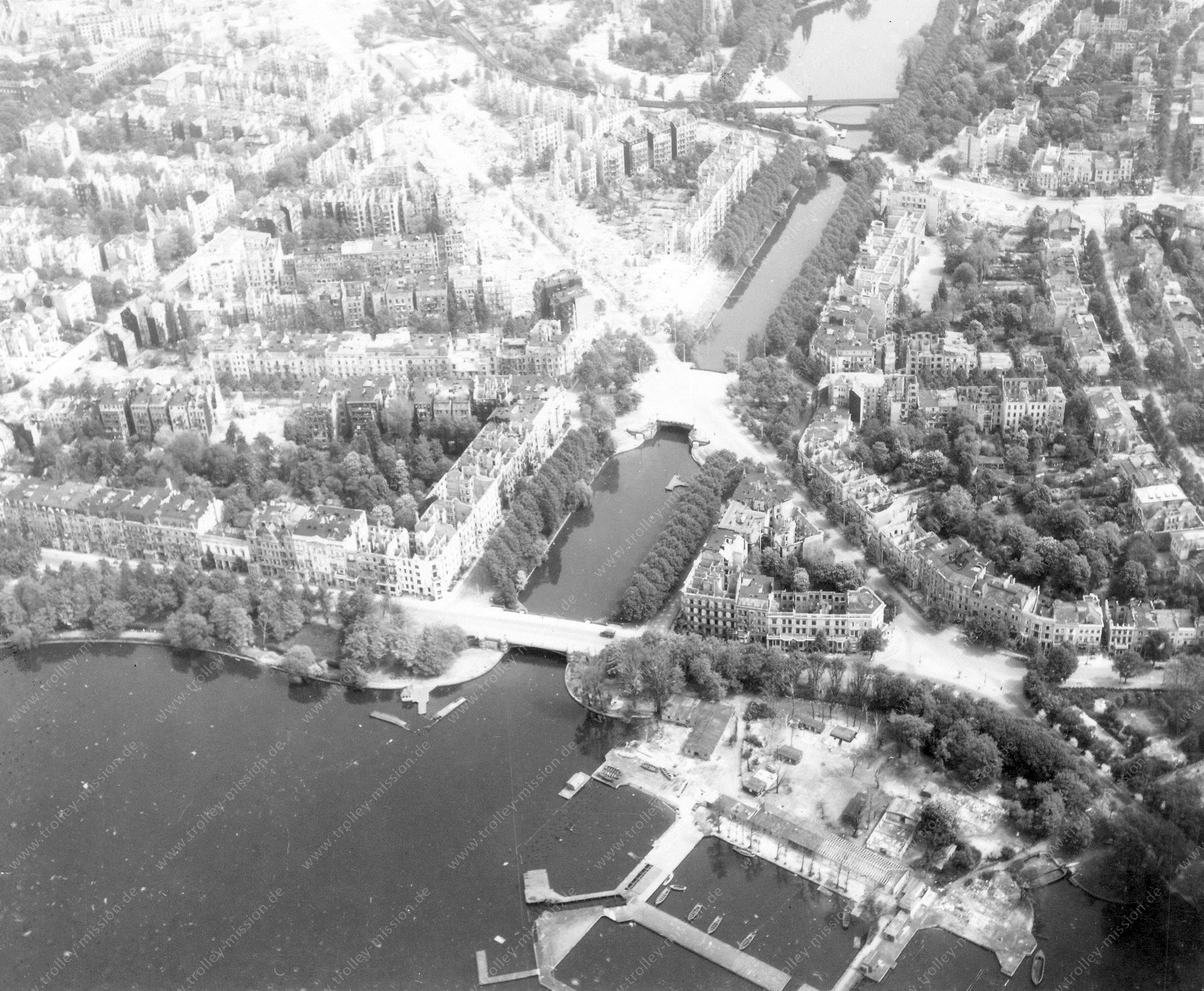
During the Second World War, Hamburg suffered a series of Allied air raids and which devastated much of the city and the harbor. Then it was the most important port of continental Europe, and the largest shipping center in the world. There were tremendous ship building yards and vast oil storage installations. The oil refineries on south side of the Elbe were targets of the 392nd Bombardment Group. On 23 July 1943, Royal Air Force and United States Army Air Force firebombing created a firestorm which spread from the main railway station and quickly moved south-east, completely destroying entire boroughs. Thousands of people perished in these densely populated working class boroughs. The raids, codenamed “Operation Gomorrah” by the Royal Air Force, killed at least 42,600 civilians. About one million civilians were evacuated. While some of the boroughs destroyed were rebuilt as residential districts after the war, others were entirely developed into office, retail and limited residential or industrial districts.
Brunswick from above: Aerial view after Allied air raids in World War II
Published on June 16, 2021
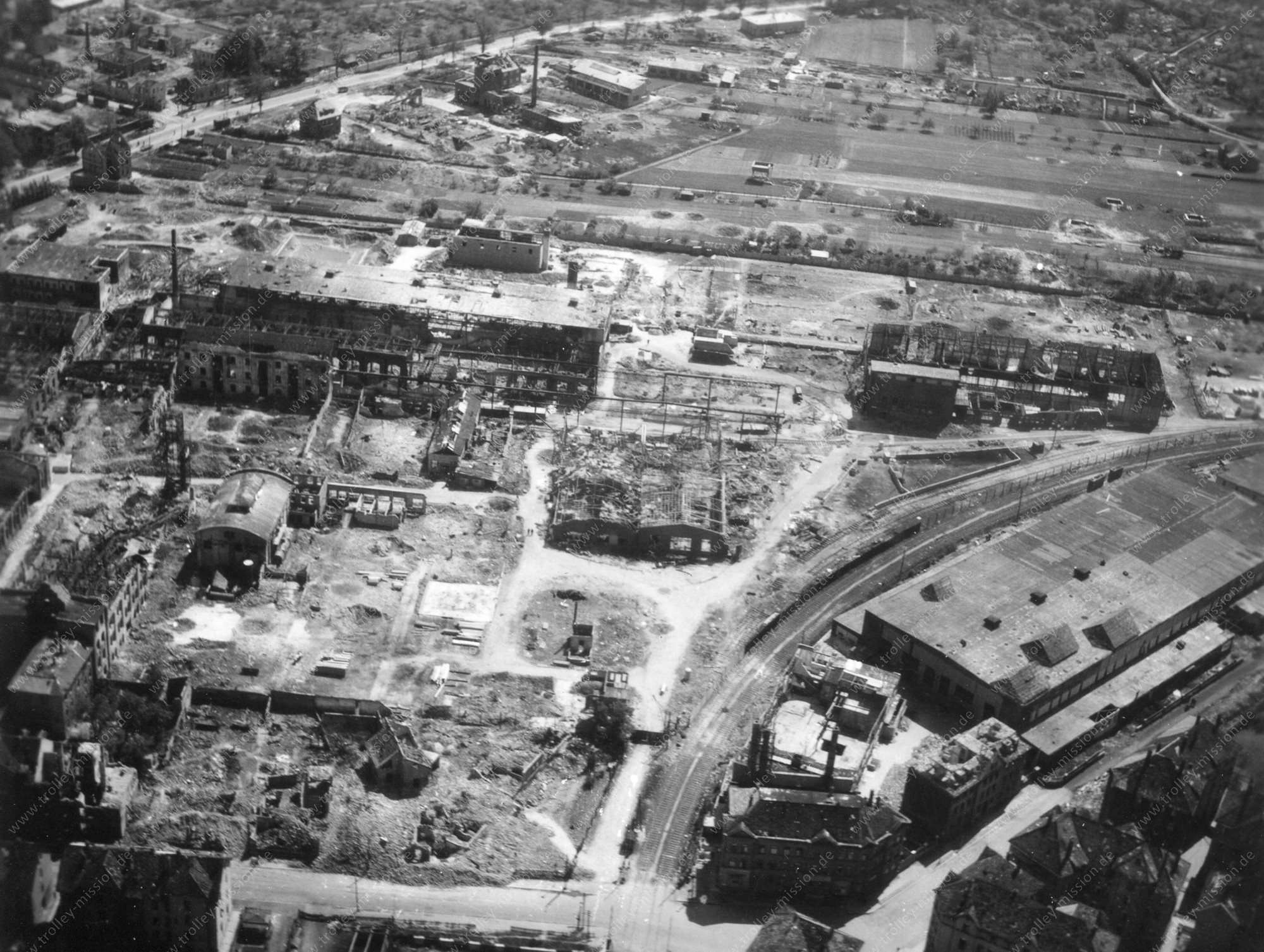
After the Nazi seizure of power in 1933, several state institutions were placed in Brunswick, including the Aviation Research Institute or the Hitler Youth Academy for Youth Leadership. There were also several factories in the city itself, for example, the large Volkswagen-Factory. Finally the Brunswick region became one of the centers of the German arms industry. During the Second World War, Brunswick was Sub-Area Headquarters and Military District, and was the garrison city of the 31st Infantry Division that took part in the invasions of Poland, Belgium, and France. The Allied air raid on October 15, 1944, destroyed most of the city's churches, and the old town - once the largest homogeneous ensemble of half-timbered houses in Germany. Small sections of the city survived Allied bombing, so remain to represent its distinctive architecture. After the war, and during the Cold War, Brunswick, then part of West Germany, suffered economically due to its proximity to the Iron Curtain, because the city lost its strong economic ties to what was then East Germany.
Entering Germany 1945: The Trolley Mission - A sightseeing tour at the end of World War II
Published on February 27, 2020
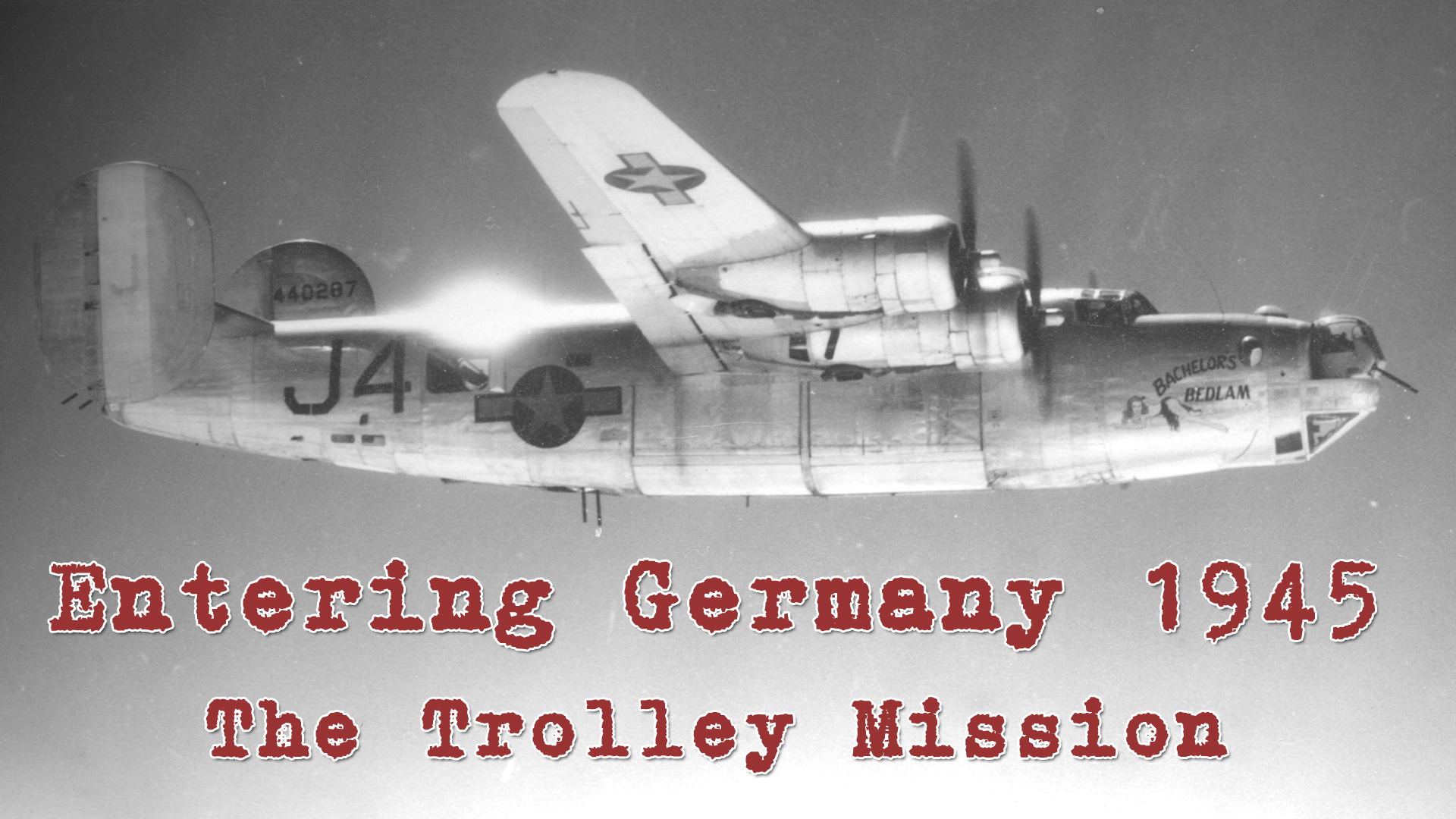
This video tells the story of an extraordinary sightseeing tour of Germany at the end of the European War. Thousands of men, who had in countless ways played a part in the aerial attack on Germany, received their first opportunity to see the fruits of their labors while participating in the so-called “Trolley Missions”. These “Trolley Missions” were low-level flights over Germany in May 1945. During these flights across Europe and Germany, aerial photographs were taken showing the destruction of German cities. This video is a visual collection of reconnaissance photo aerial views and images, documenting the Second World War.
Dortmund from above: Aerial view after Allied air raids in World War II
Published on February 27, 2020
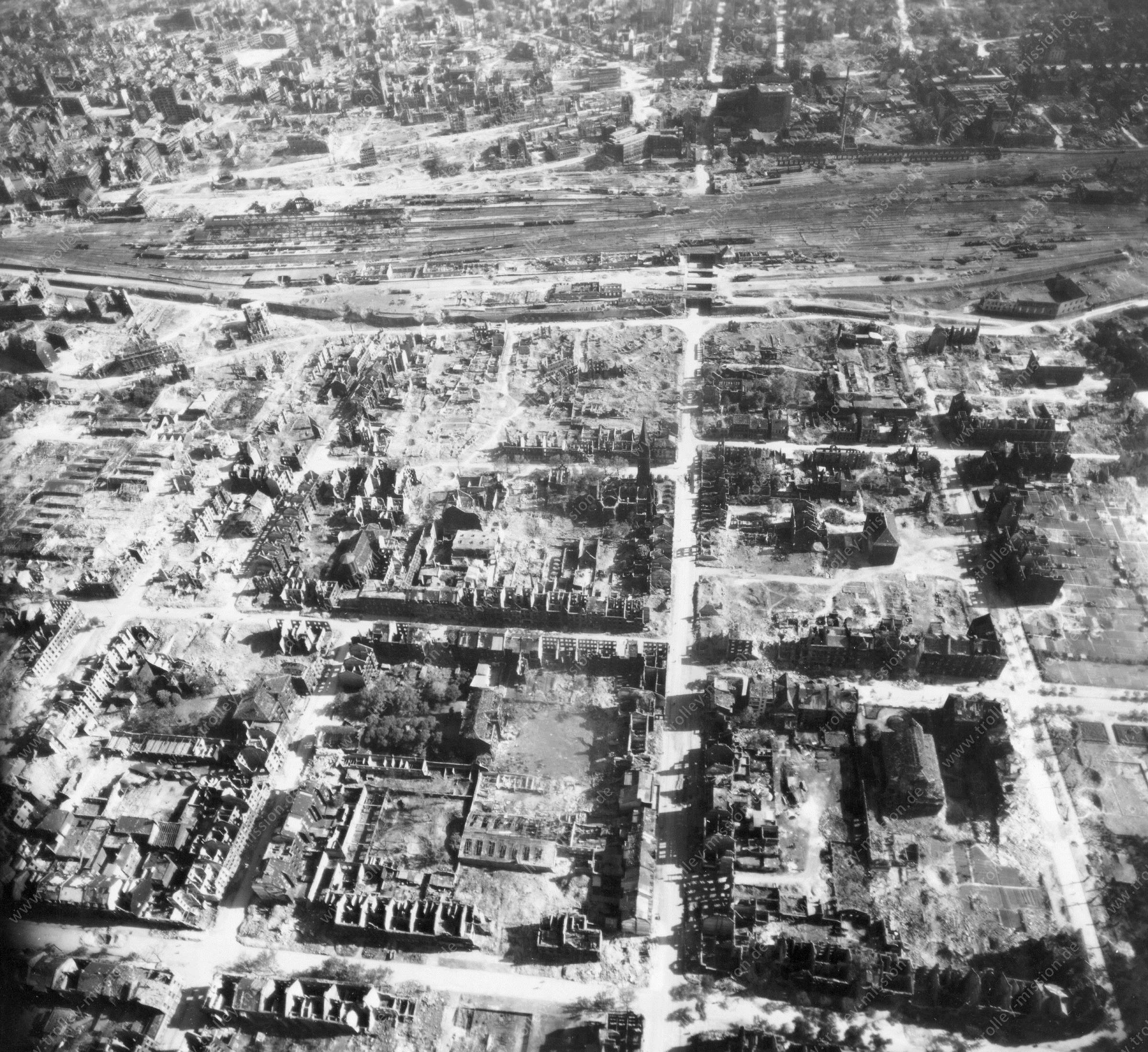
The city of Dortmund is the largest city of the Ruhr Area. It lies in the Rhine-Ruhr Metropolitan Region. Bombing targets in Dortmund were not only of the oil refineries, but also coal mines. The bombings destroyed about 66 % of Dortmund homes. The devastating bombing raids of 12 March 1945 with 1,108 aircraft - including 748 Lancasters, 292 Halifaxes and 68 Mosquitos - destroyed 98 % of buildings in the inner city center. In total 4,851 tonnes of bombs were dropped through Dortmund city. This was a record to a single target in the whole of World War II. The Allied ground advance into Germany reached Dortmund in April 1945. The US 95th Infantry Division attacked the city on 12 April 1945 against the German defense. The division advanced through the ruins in urban combat and completed its capture on 13 April 1945.
Hanover from above: Aerial view after Allied air raids in World War II
Published on February 27, 2020
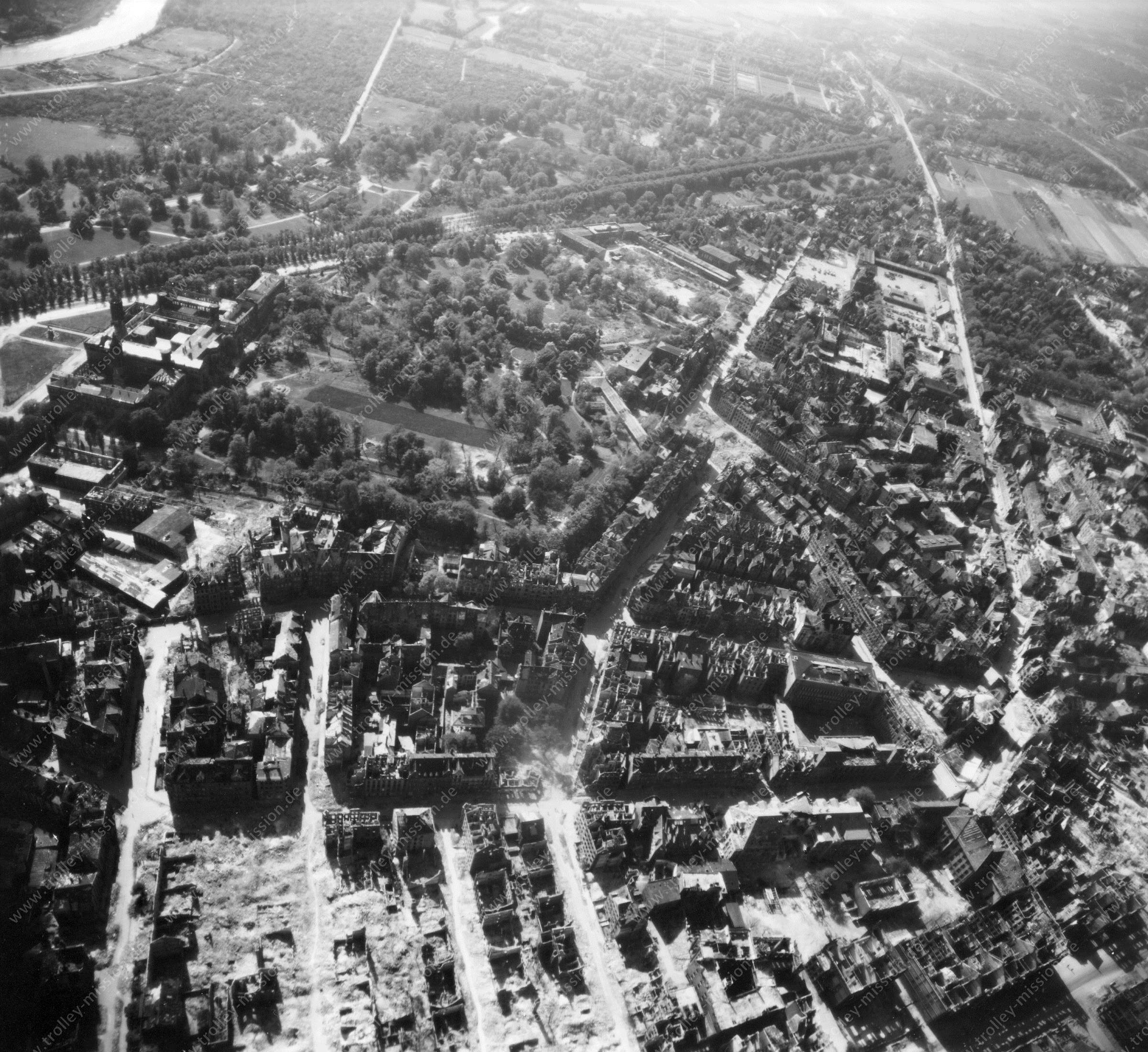
As an important railroad and road junction and production center, Hanover was a major target for strategic bombing during World War II. Targets included also the large oil refineries at Misburg, the Continental plants and the Hanomag factory. Residential areas were also targeted, and more than 6,000 civilians were killed by the Allied bombing raids. More than 90 % of the city center was destroyed in a total of 88 bombing raids. The Allied ground advance into Germany reached Hanover in April 1945. The US 84th Infantry Division captured the city on 10 April 1945. After the war, Hanover was in the British zone of occupation of Germany.
Salzgitter Reichswerke Hermann Göring from above: Aerial view after Allied air raids in World War II
Published on February 27, 2020
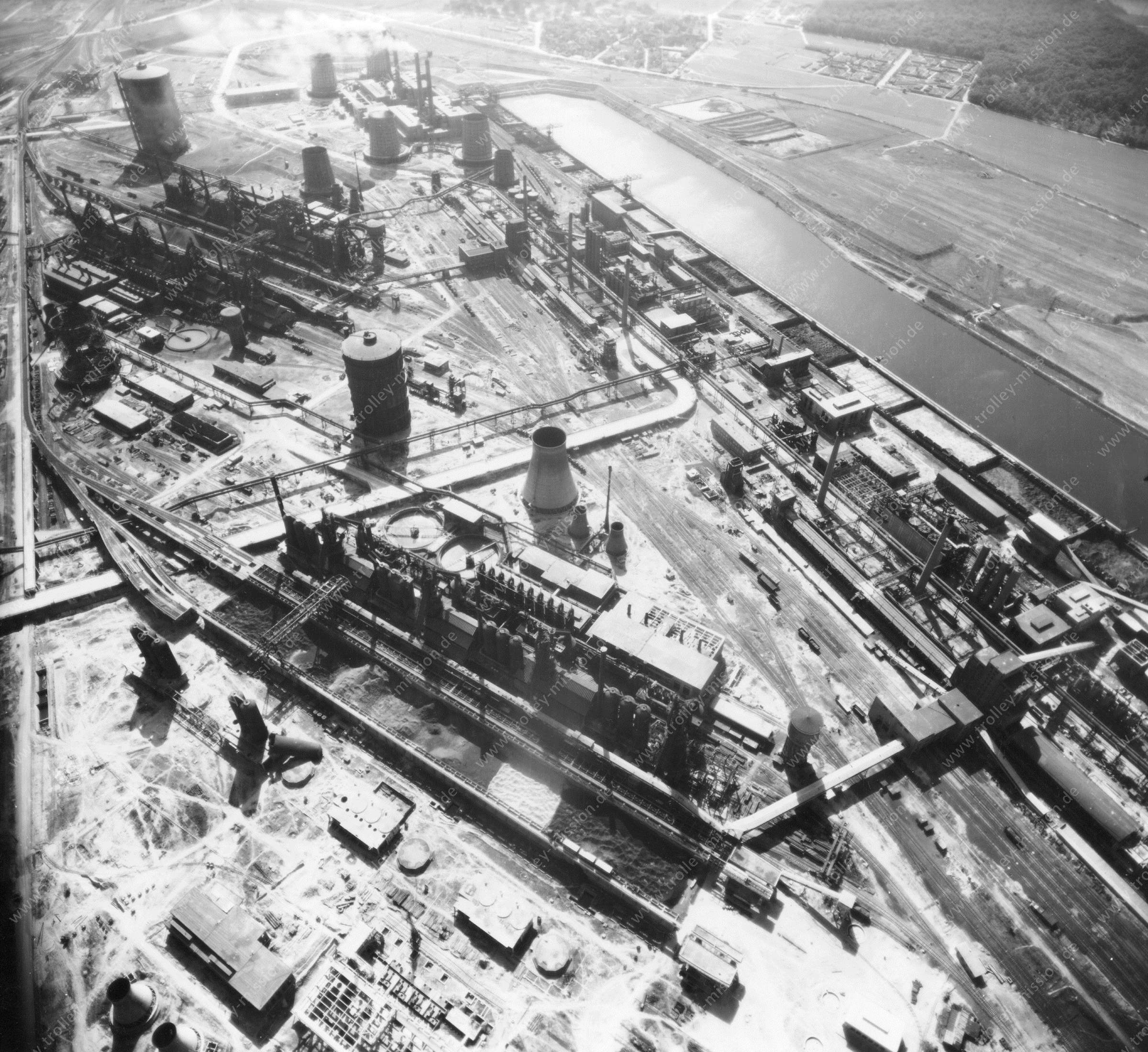
The so-called “Reichswerke Hermann Göring” was an industrial conglomerate of Nazi Germany. Demand for iron ores and steel rose in line with the rise in military spending. So the domestic ore reserves in the city of Salzgitter were badly needed. Therefore, Göring announced that the Reichswerke would begin mining and processing Salzgitter ores and that the government would take over privately held ore deposits. A large mining factory was established in Salzgitter to extract and process iron ores, which often was a target of the Royal Air Force and United States Army Air Force. However, the conglomerate was dismembered by the Allies in 1945.
Bremen from above: Aerial view after Allied air raids in World War II
Published on February 24, 2020
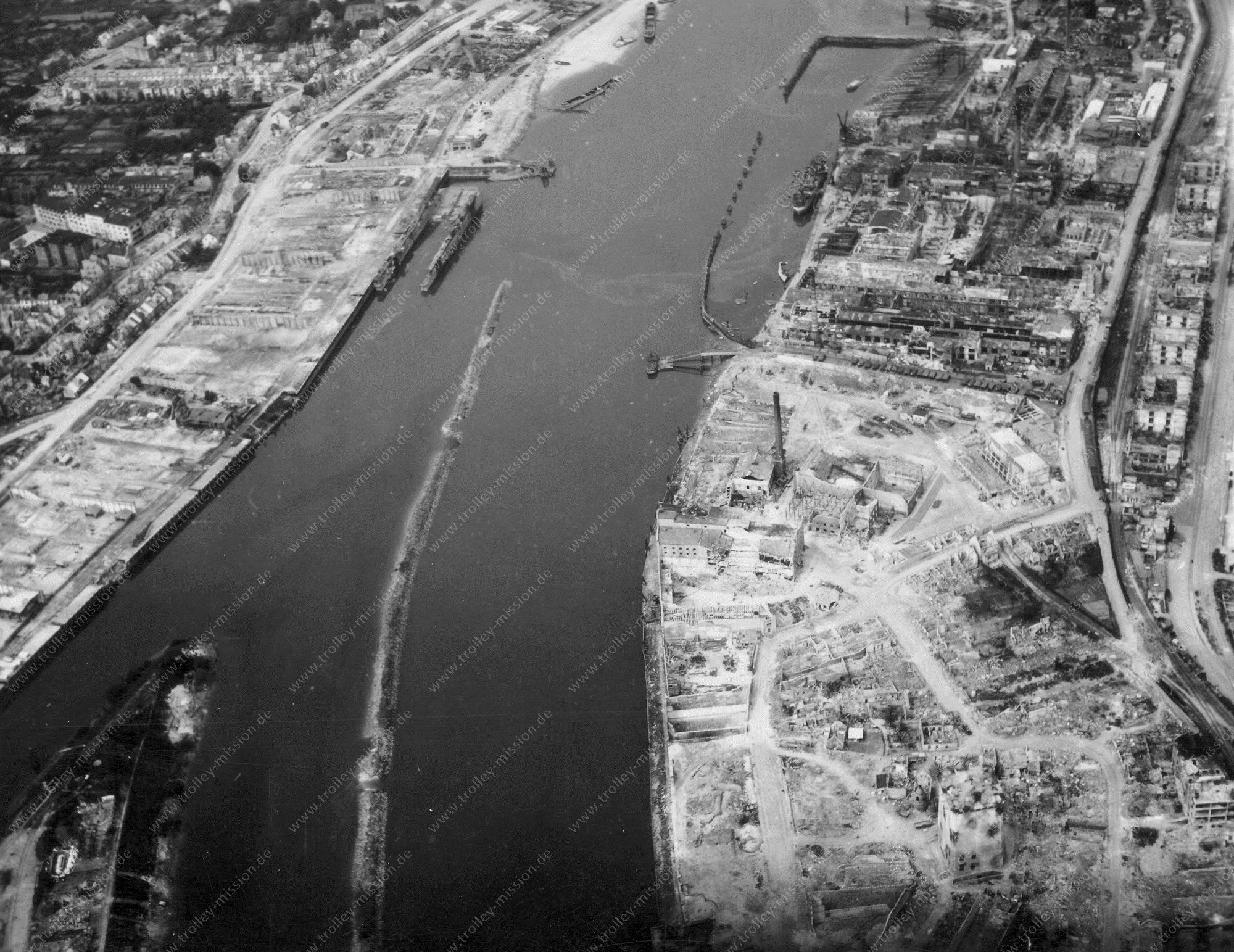
The city of Bremen has the second largest German port. Allied bombing destroyed the majority of the historical Hanseatic city as well as 60 % of the built up area of Bremen during World War II. Most important areas were the docks. To the north of the city were aircraft factories and engineering plant while to the south was the airport. The British 3rd Infantry Division under General Whistler captured Bremen in late April 1945.